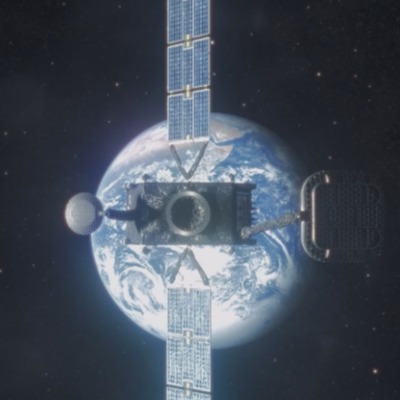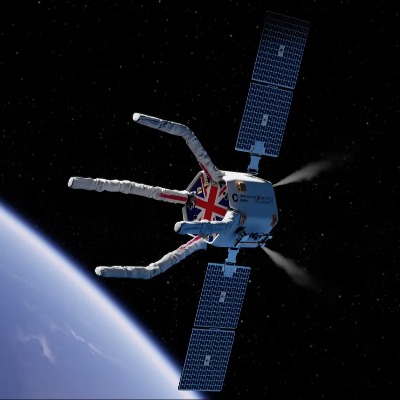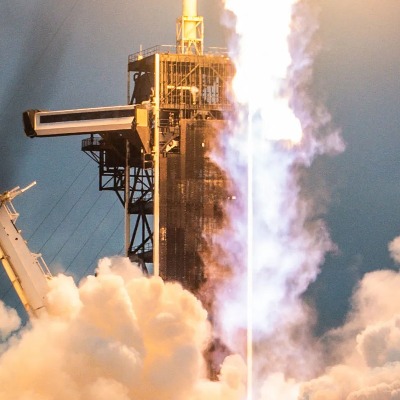Northrop Grumman Grabs Space Fueling For U.S. Military

In a move that could fuel a seismic shift in space warfare, Northrop Grumman has secured a pivotal contract with the U.S. Space Force. The aerospace giant's Passive Refueling Module (PRM) has been chosen as the preferred design for a standardized refueling port on all future U.S. military satellites, marking a game-changer in satellite longevity and operational flexibility.
Extending the Battlefield into Orbit:
Historically, military satellites have lived short lives, limited by dwindling fuel supplies. This meant replacing them frequently, a costly and cumbersome endeavor. By adopting a standardized refueling port, the U.S. military gains the unprecedented ability to remotely refuel satellites in orbit, dramatically extending their lifespans and potentially transforming the landscape of space-based military operations.
PRM: Not Your Gas Station on the Ground:
Northrop Grumman's PRM isn't a gas pump in space. It's a sophisticated docking mechanism that allows a tanker spacecraft to precisely connect with a satellite and transfer propellant. Its modular design makes it adaptable to various satellite sizes and types, making it a truly universal solution.
Beyond the Buzz: Future Implications:
The implications of this decision extend far beyond just topping up fuel tanks. A constellation of long-lasting satellites equipped with PRMs could enhance capabilities across the board, including:
- Enhanced surveillance: Refueled satellites could maintain their positions over key areas for extended periods, providing continuous intelligence gathering.
- Improved communication: Refueled satellites could offer more robust and reliable communication channels for military operations.
- Greater maneuverability: Satellites with extended fuel capacity could perform more ambitious maneuvers, changing orbits and adjusting positions to meet mission needs.
But Fuel for Thought:
While the PRM's potential is undeniable, concerns linger. The dependence on refueling tankers introduces a new vulnerability: destroying the tanker could cripple vital satellite networks. Additionally, the technology could escalate tensions in space, potentially fueling an arms race in orbit.
Northrop Grumman's PRM has cracked open a new era in space warfare. By extending the lives of military satellites, it raises the stakes and alters the calculus of conflict in the final frontier. As the space battlefield evolves, one thing is certain: the days of satellites falling short on fuel, like grounded jets, are numbered.
This story is just the beginning of a thrilling new chapter in space warfare. Keep your eyes on the stars, for the future of conflict may very well be decided among them.




